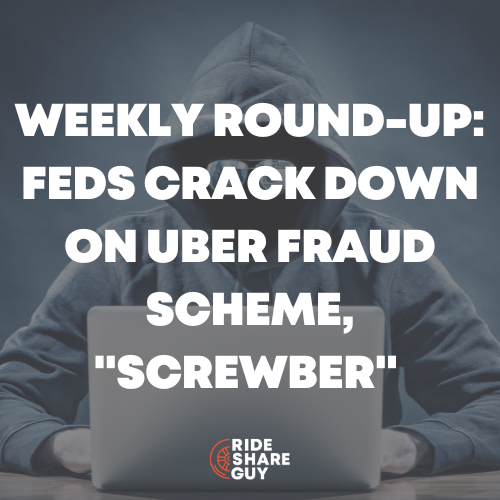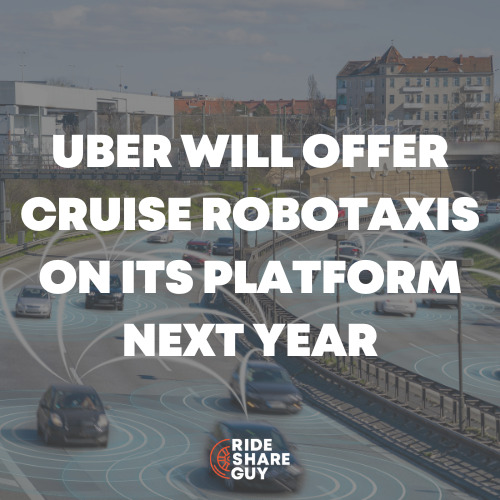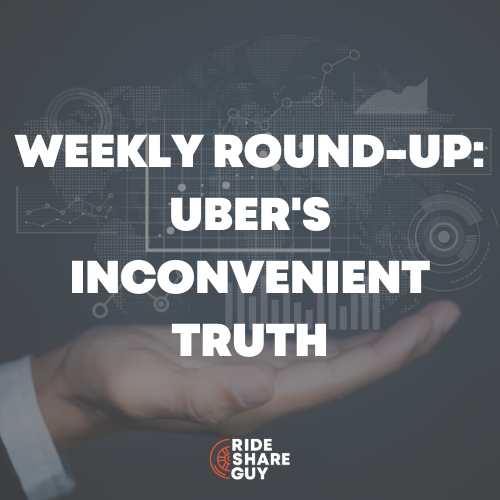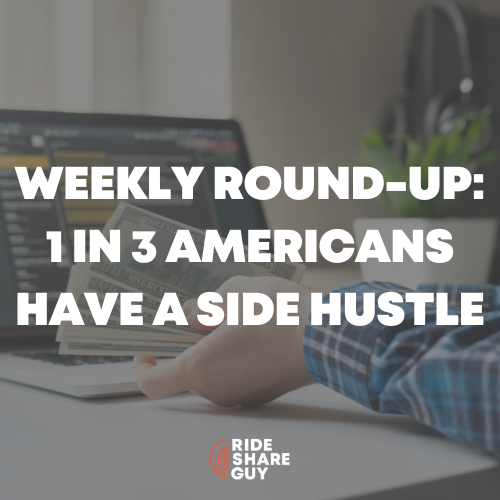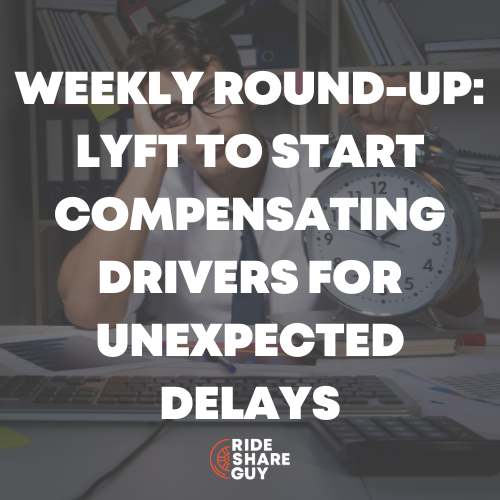The debate between new and veteran Uber/Lyft drivers rages on: which type of driver does Uber/Lyft value more? It turns out, that question is more complicated than it seems. Senior RSG contributor John Ince breaks down this question from the perspective of the companies and the passengers. Which type of driver do you think Uber/Lyft prefers? And do you think new or experienced drivers get more pings?
The question ‘do Uber/Lyft prefer experienced or new drivers’ seems to have a pretty easy answer, right? Of course Uber/Lyft would want more experienced (in terms of knowing their city and how to handle pax) drivers, right? It turns out, there is more to this question than it seems. If you don’t believe me, take a look at my last article on whether or not Uber/Lyft prefer full time or part time drivers. For this article, I’m going to approach it from two primary perspectives: the company and the passenger.
Disclaimer: I have no first hand knowledge how Uber/Lyft feel about this, so this article is based entirely on my speculation about their thinking.
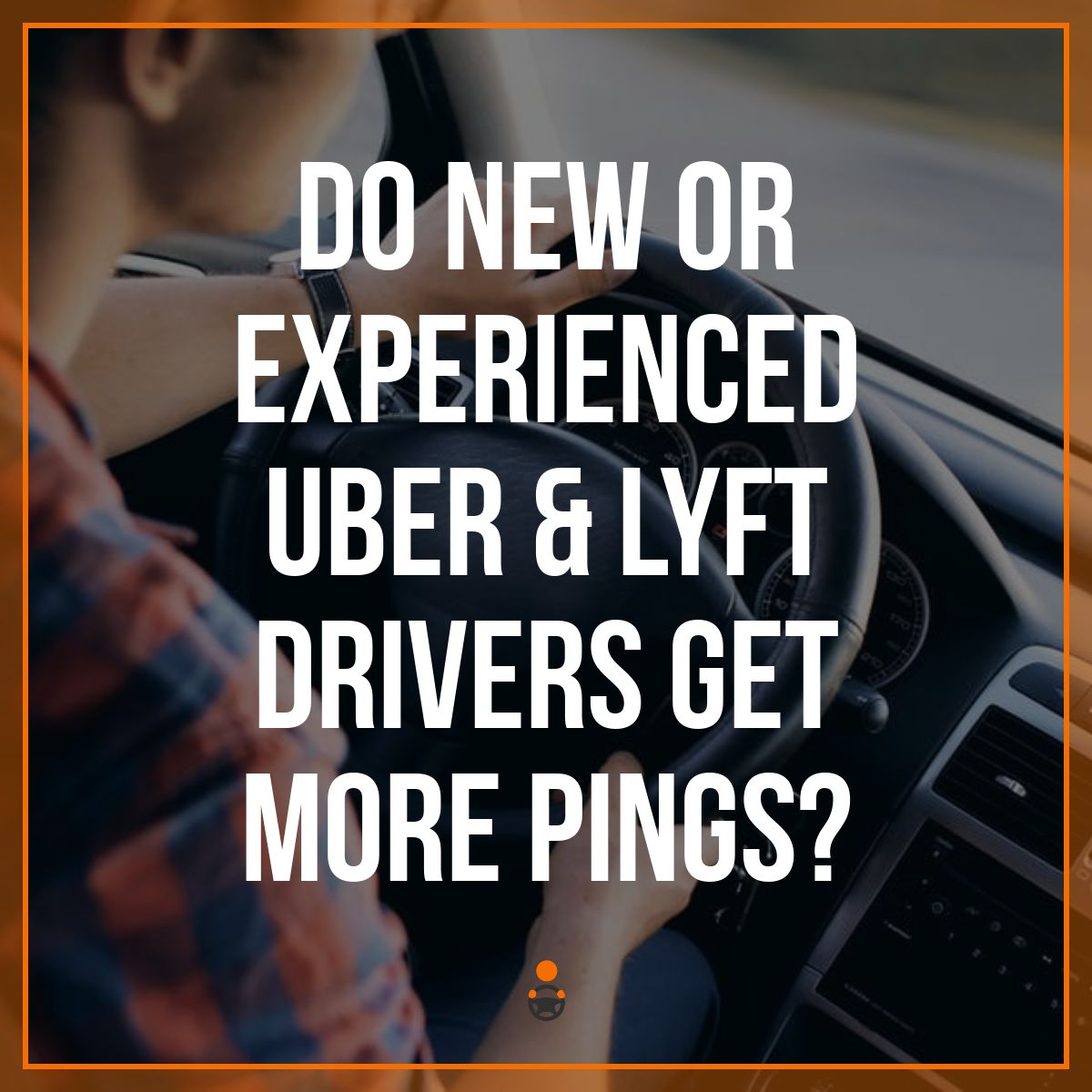
The Company Perspective
At first this seems like a no brainer. Of course, Uber and Lyft prefer experienced drivers. Why?
- Superior knowledge: Experienced drivers have what London cabbies call “the knowledge.” In other words, they know their way around the city – and therefore may get more pings. They know traffic patterns, and alternative routes should they get caught in a jam.
- Experienced drivers know how to handle passengers. They’re unlikely to let one obnoxious passenger throw them off their game, because they’ve been in similar situations before.
- Experienced drivers know when to shut up. This is perhaps the biggest mistake made by newbie drivers. They won’t shut up, even when passengers give clear signals they want space.
- Experienced drivers know how to avoid challenging situations and thus don’t cause problems for the company. After you’ve done this for awhile, you start to recognize patterns and you know what to avoid. For example, if the passenger isn’t at the the spot they’re supposed to be for pickup, and they don’t answer the phone, then it’s time for a cancelation – no questions asked. Just move on to the next ride.
- Experienced drivers are safer. This is a debatable proposition, but drivers with more time on the road may be more attuned to avoid dangerous driving situations as well. See below for a counter-argument to statement.
Case closed, right? Of course experienced drivers are better. But wait a second. Could there actually be reasons why Uber/Lyft prefer new drivers? It might seem counter-intuitive, but here are 4 reasons why Uber/Lyft might actually prefer new drivers.
- New drivers are better brand ambassadors. They’re fresh. Everything is new. It’s exciting. Their enthusiasm is contagious – and they’re willing to drive around more to get more pings. Contrast this with the guy/gal who’s been driving 60 hours/week for 5 years. While veteran drivers tend to get hardened and cynical, newbie drivers are still wide-eyed and impressionable. Remember much of the value of these companies is tied up in their brand. Drivers are the outward facing identity of the companies. If drivers are friendly, this builds the value of the brand. If drivers are rude or dismissive, this damages the brand.
- New drivers haven’t yet learned how to game the system. Driving for Uber/Lyft is largely a matter of slowly getting to know the tricks that can make this experience rewarding financially and psychologically. At first, newbie drivers chase the surge – remember them? – until they’ve tried it several times and realize the surge always seems to vanish when they get there – which is exactly how the companies want the drivers to behave. It all works fine, until drivers figure out what’s going on – and that takes awhile.
- New drivers net more money to Uber/Lyft. Driver bonuses are often complex. The companies are constantly tweaking the terms and conditions and newbie drivers often find themselves missing out just because they didn’t completely understand how things work. That’s just what the companies want: they want drivers to leave money on the table, money that goes into the company coffers.
- New drivers are more easily manipulated. Uber/Lyft will never admit it, but they want drivers to feel insecure. Why? Because when new drivers feel insecure, they’re going to respond to an email that warns them about canceling too many rides. Veteran drivers are more blasé – just look at Jay’s most recent and contentious video on screening your rides. They’ve seen it all before. They’ll dare the company, “Go ahead, de-activate me. I’m not going to take this from the company any more.”
The Passenger Perspective
If Uber and Lyft truly want to have a positive outward facing image, let’s consider this from the perspective of the passenger. Do passengers prefer experienced drivers or newbie drivers? Passengers are interested in three key things. Let’s look at each in turn:
Safety: Experienced drivers, in general, are safer drivers. Why? Because they’ve been there and done that. They know the roads and are comfortable with the apps. They are generally in greater command of the experience.
Newbie drivers tend to get distracted on the road. They’re wanting to please the passenger, so they will be carrying on a conversation, while trying to figure out where they’re going and the best way to get there – instead of keeping their attention focused on the road and traffic. Of course this isn’t true in all cases. Sometimes experienced drivers will take chances that a newbie driver wouldn’t. They might run a yellow light or drive faster. But I’ll wager that given a choice, most passengers prefer experienced drivers.
Cheapest/Fastest ride: Some experienced drivers will know shortcuts that will save passengers money. For example, in my home territory of Marin County, the main freeway, route 101, runs parallel to a slower more winding road. The freeway gets you there faster, but the freeway is over a mile away from the bars, so the passenger will have to pay about $2 more to save a few minutes. I generally ask passengers if they want to get there faster or save money and let them decide. Interestingly, most choose the freeway, even though they know it will cost them more.
Quality/Comfort: This is a tough call, but in general I’d say newer drivers try harder to make the experience more pleasant – and sometimes do the exact opposite. When I was first driving, I really cared about my ratings so I would go the extra mile. I used to bring cookies for passengers. I had my treasure chest of passenger stories to help break the ice. These days I just leave the passenger alone, which in many cases is exactly what they want. Live and learn.
Rewarding Experienced Drivers – The Uber Pro Program
If experienced drivers are better/more valuable, then shouldn’t the company be willing to recognize them and pay them more? That, apparently, is the thinking behind the Uber Pro Program, a recent incentive structure that rewards experienced drivers. There are many questions surrounding the Uber Pro program, and we have put together an informative Uber Pro FAQ you can read here.
As always, Uber’s rollout of this program was a double-edged sword. It acknowledges the work of Uber’s best performing drivers, but does so on the basis of metrics that Uber wants to include in its incentive structure. In other words, Uber is using these rewards to control the behavior of drivers. The following feedback from one driver spins out how this actually benefits Uber, while purporting to benefit the driver,
“[Uber] listed me as Platinum because I supposedly only had an 84% acceptance rate for the last three months. Of course their research for the last 3 months was kept secret. My cancellation is under 4% and rating is 4.95 with 3,000 rides. My acceptance rate and cancellation rates have not changed at all in the last week. Since I am stuck at 84%, I do not meet the 85% threshold for seeing the direction and the amount of miles the rider will be going in… Yesterday, I went into the Greenlight hub and of course they couldn’t figure out the problem… This program is all about trying to control the driver, entice them to work more hours and accept every ride and not do any cancellations. In Phoenix, we are down $.11 per mile and up $.06 per minute. At Platinum making $30 per $1,000 based only on standard distance and time amounts isn’t cutting it.”
Conclusion
While Uber and Lyft seem to value experienced drivers over newbies, the reality is much more complex. I suspect within the corridors of power in Uber/Lyft there is a lot of genuine disagreement over whether which type of driver they prefer. But from the standpoint of the passenger, it’s pretty clear that experience counts big time, unless we’re talking about one of those stellar new drivers who is so excited about the new gig that their enthusiasm becomes infectious, making the whole experience worthwhile – and maybe even memorable.
What do you think? Have you become a better driver after you’ve been doing this for awhile?
-John @ RSG
